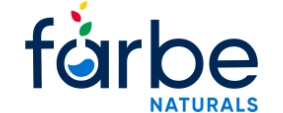YELLOW
Turmeric
This yellow colorant is extracted with solvents from turmeric (Curcuma longa). It is commonly used in beverages, yoghurt, milk, cheese and bakery products.
Available in liquid and powder presentations.
ORANGE
Annato E160b
This solution and its variables have a wide range of color (from yellow to orange) that performs well in all applications. Given its proteins with great tincture potency extracted from achiote (Bixa orellana) seeds, it is in high demand around the world and is commonly used in beverages, meat products, seasonings, dairy products and bakery products.
Its derivatives include oil suspension, powder and liquid presentations.
Beta-Carotene
This plant-based pigment is what bestows the intense yellow and orange hues to fruits and vegetables. It also provides several benefits, such as a high anti-oxidation index, anti-ageing management, LDL-level management, anti-UV protection for the skin and vitamin A.
It is applied in manufacturing beverages, meat products, candy, dairy products and bakery products. Available in liquid and powder presentations.
RED
Carmine
This solution extracted from cochineal has a flexible color range (from pink to violet) and excellent stability under light and temperature. It is one of the most important and popular colorants in the food industry.
It is frequently used in cosmetic products, beverages, meat products, candy, dairy products and bakery products. Available in liquid and lacquer presentations.
Betanin (Beet extract)
Obtained from the concentration and pasteurization of beet juice, this color additive is very attractive and can be applied easily in beverages, bakery products, cereals, sausages and cold cuts, meat products and yoghurt.
Available in liquid and powder presentations.
PURPLE
Anthocyanins
If any color is abundantly present in nature, it is the color of anthocyanins, accountable for the reds and blues of many fruits and vegetables, including grapes, black carrots and purple cabbages.
They are frequently used in beverages, yoghurt, jams and milk. They are also considered as natural pH indicators, because their colors range from red at pH 3 to blue at pH 7.
Available in liquid and powder presentations.
BLUE
Blue Spirulina
Given its greenish-blue color, blue spirulina provides a wide range of hues and can be used to create new colors when mixed with other colorants or substances.
Being an FDA-approved color additive, it is often used by the food industry. However, it may also be used in other areas, such as the pharmaceutical industry (drugs) or even in genetics, working as a marker due to its natural fluorescence.
Available in liquid and powder presentations.
Huito
This jungle tree has been used by Amazonian natives to add color to food and drugs, and even to chase away mosquitoes. At present, special methods are used to make its fruit (genipap) react naturally in order to obtain a rich blue extract, which has excellent stability under heat and sunlight conditions.
This purely natural color additive is ideal for dyeing liquids, candy, fruit, and more.
Available in liquid and powder (water-soluble) presentations with Kosher and non-transgenic options. .
GREEN
Chlorophylla
Extracted from plants such as alfalfa, grass and spinach, when copper is incorporated into the molecule it yields a water-soluble green hue that is very stable under different light, heat and pH conditions. We may find its applications in beverages, meat products, seasonings, candy, dairy products and bakery products.
Available in liquid and powder presentations. It comes in water-soluble and oil-soluble versions.
BROWN
Malt extract
Malt extract is made by roasting rye. It naturally renders a spectacular dark brown hue, with excellent stability under light, temperature and pH.
It is commonly used for a wide variety of beverages, such as soft drinks, whisky and beer, but it is also used for food such as ice cream, candy, coffee, cereal and bakery products.
Available in liquid and powder presentations.
WHITE
Calcium carbonate
This is a common substance found in limestone, pearls and egg shells. Thanks to Farbe Naturals specialized technologies, it solved a big problem faced by confectioneries and bakeries, since up to now they could only add color to their products by using titanium dioxide, which meant not qualifying for a Clean Label.
Being stable and capable of being dispersed or suspended in water, it is commonly used in tablets, diet supplements, chewing gum or as the first sweet layer of bread, where it helps illuminate a colored coating.
Available in liquid and powder presentations.
.
DO YOU NEED SPECIAL COLORS?
CONTACT US!
PRIVACY NOTICE
YELLOW
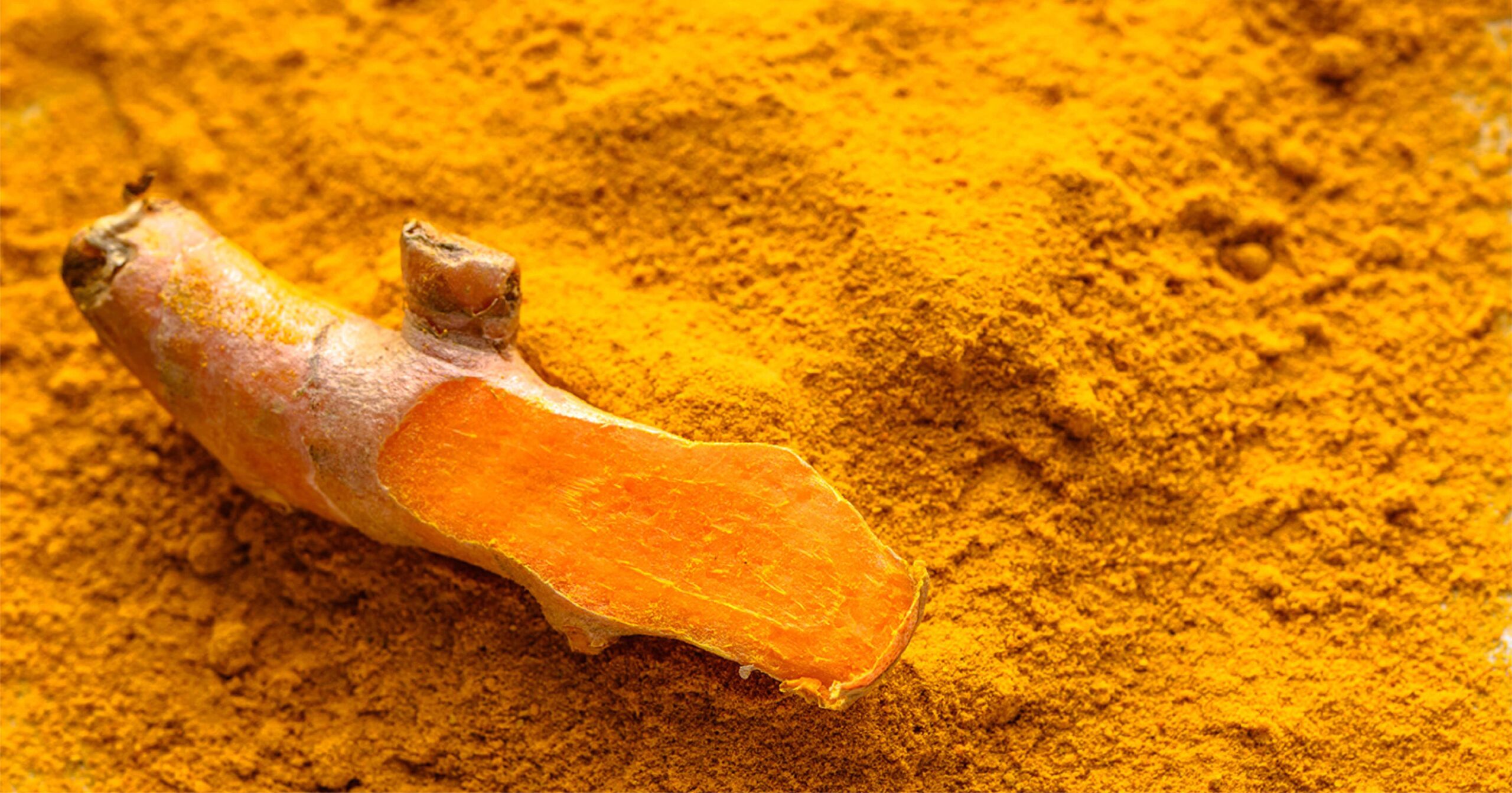
TURMETIC
This yellow colorant is extracted with solvents from turmeric (Curcuma longa). It is commonly used in beverages, yoghurt, milk, cheese and bakery products.
Available in liquid and powder presentations.
ORANGE

ANNATO E160b
This solution and its variables have a wide range of color (from yellow to orange) that performs well in all applications. Given its proteins with great tincture potency extracted from achiote (Bixa orellana) seeds, it is in high demand around the world and is commonly used in beverages, meat products, seasonings, dairy products and bakery products.
Its derivatives include oil suspension, powder and liquid presentations.
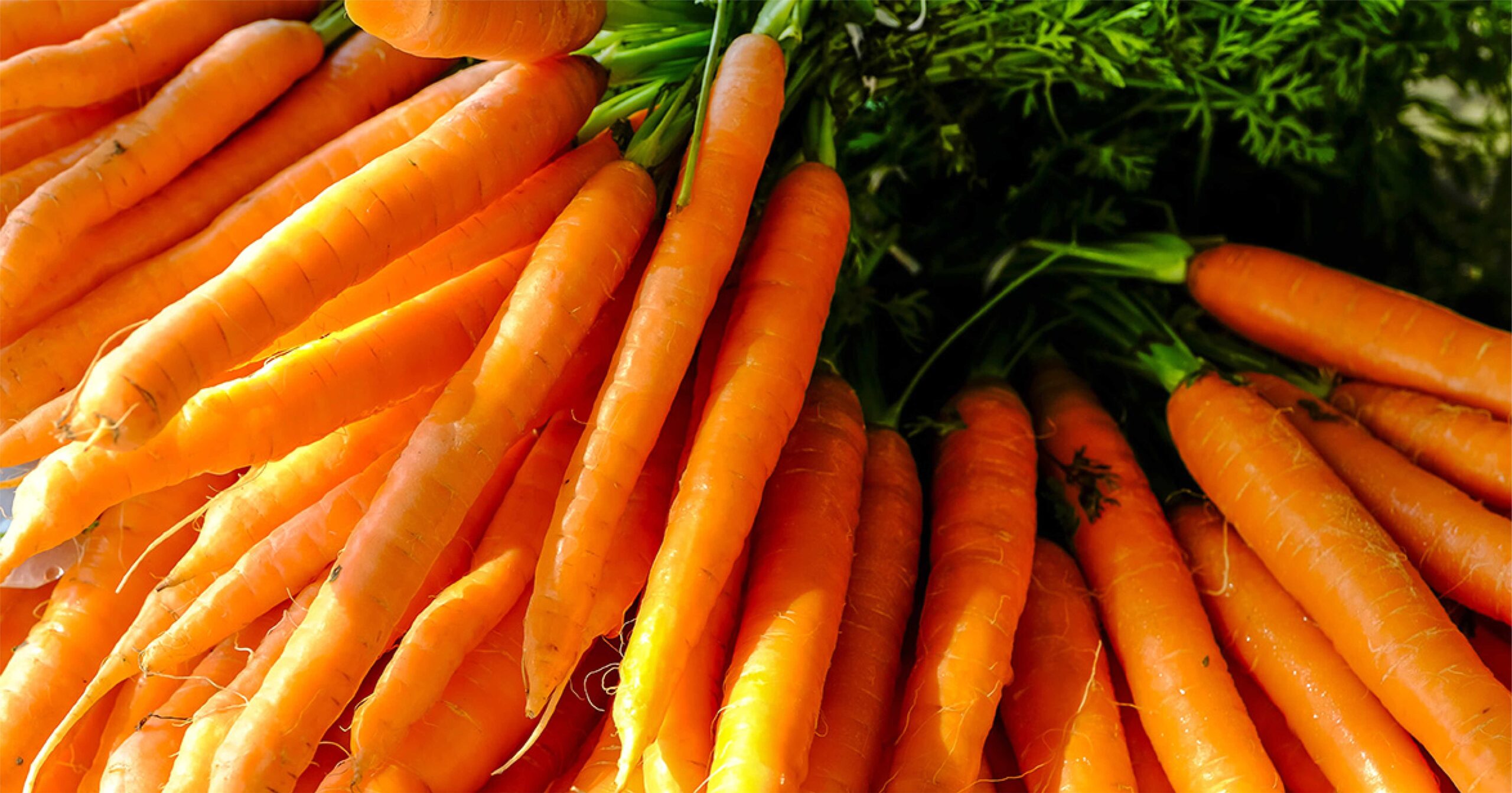
BETA-CAROTENE
This plant-based pigment is what bestows the intense yellow and orange hues to fruits and vegetables. It also provides several benefits, such as a high anti-oxidation index, anti-ageing management, LDL-level management, anti-UV protection for the skin and vitamin A.
It is applied in manufacturing beverages, meat products, candy, dairy products and bakery products. Available in liquid and powder presentations. n.
RED

CARMINE
PThis solution extracted from cochineal has a flexible color range (from pink to violet) and excellent stability under light and temperature. It is one of the most important and popular colorants in the food industry.
It is frequently used in cosmetic products, beverages, meat products, candy, dairy products and bakery products.
Available in liquid and lacquer presentations.
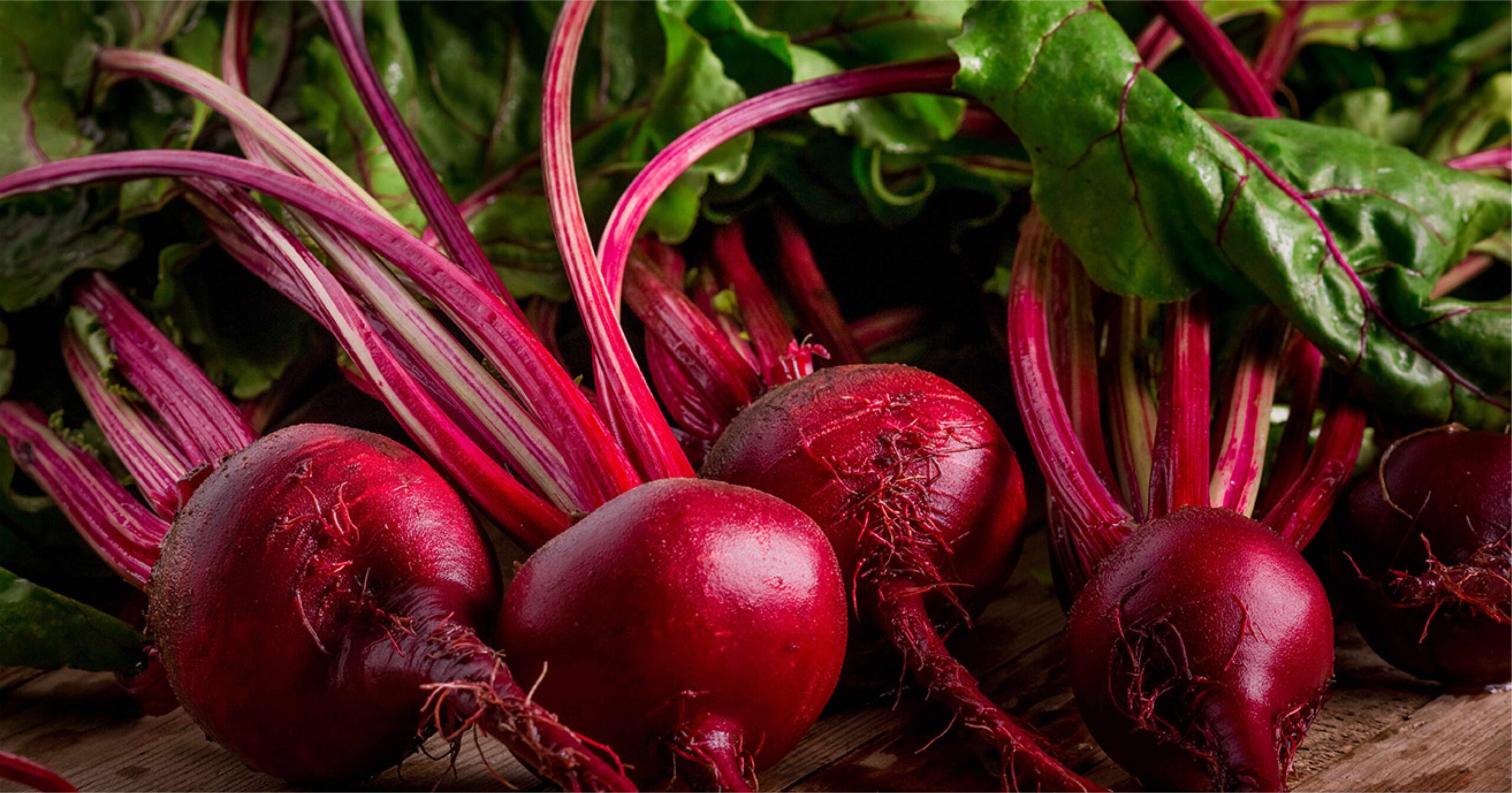
BETANIN
(BEET EXTRACT)
Obtained from the concentration and pasteurization of beet juice, this color additive is very attractive and can be applied easily in beverages, bakery products, cereals, sausages and cold cuts, meat products and yoghurt.
Available in liquid and powder presentations. .
PURPLE
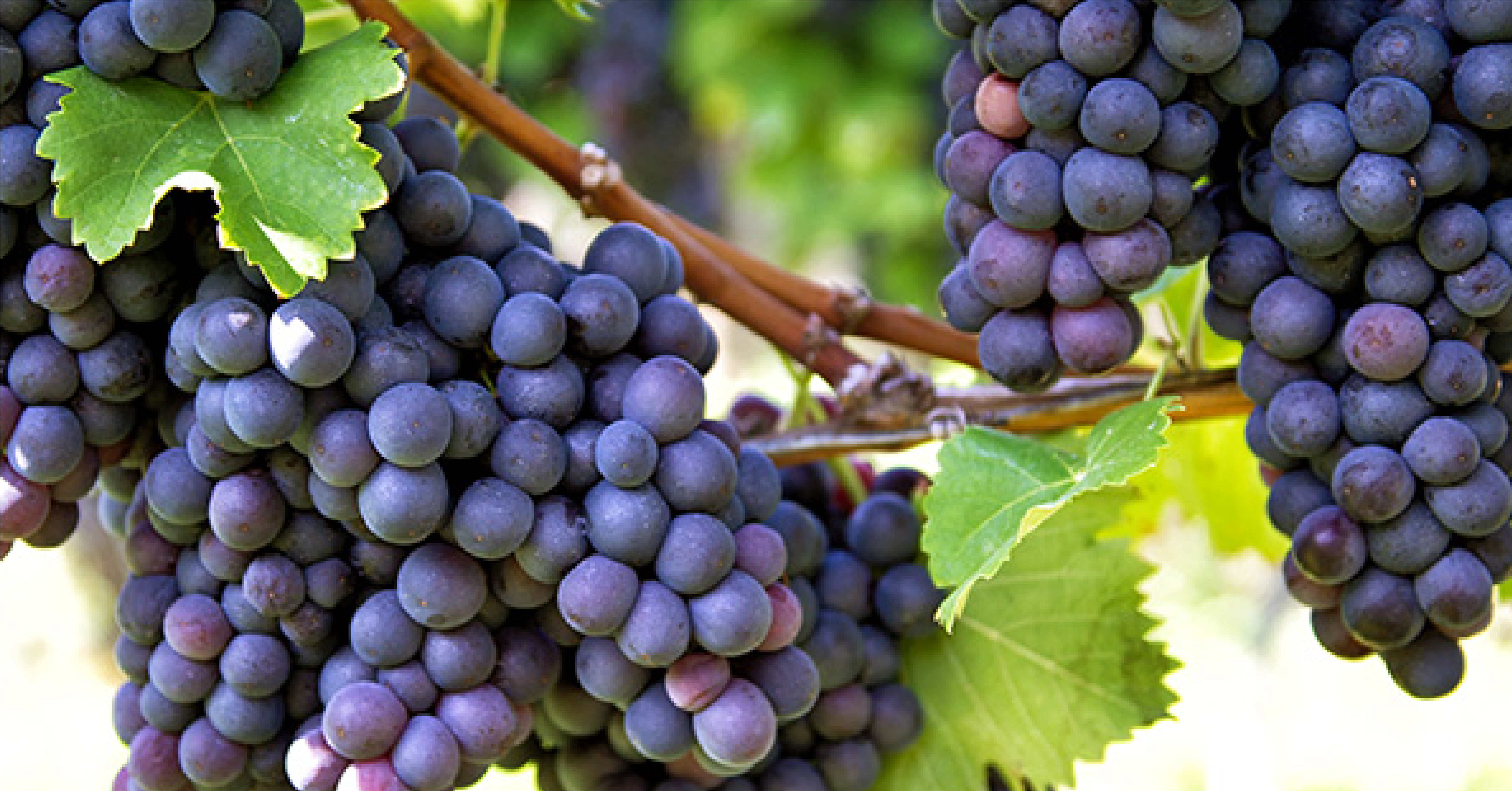
ANTHOCYANINS
If any color is abundantly present in nature, it is the color of anthocyanins, accountable for the reds and blues of many fruits and vegetables, including grapes, black carrots and purple cabbages.
They are frequently used in beverages, yoghurt, jams and milk. They are also considered as natural pH indicators, because their colors range from red at pH 3 to blue at pH 7.
Available in liquid and powder presentations..
BLUE
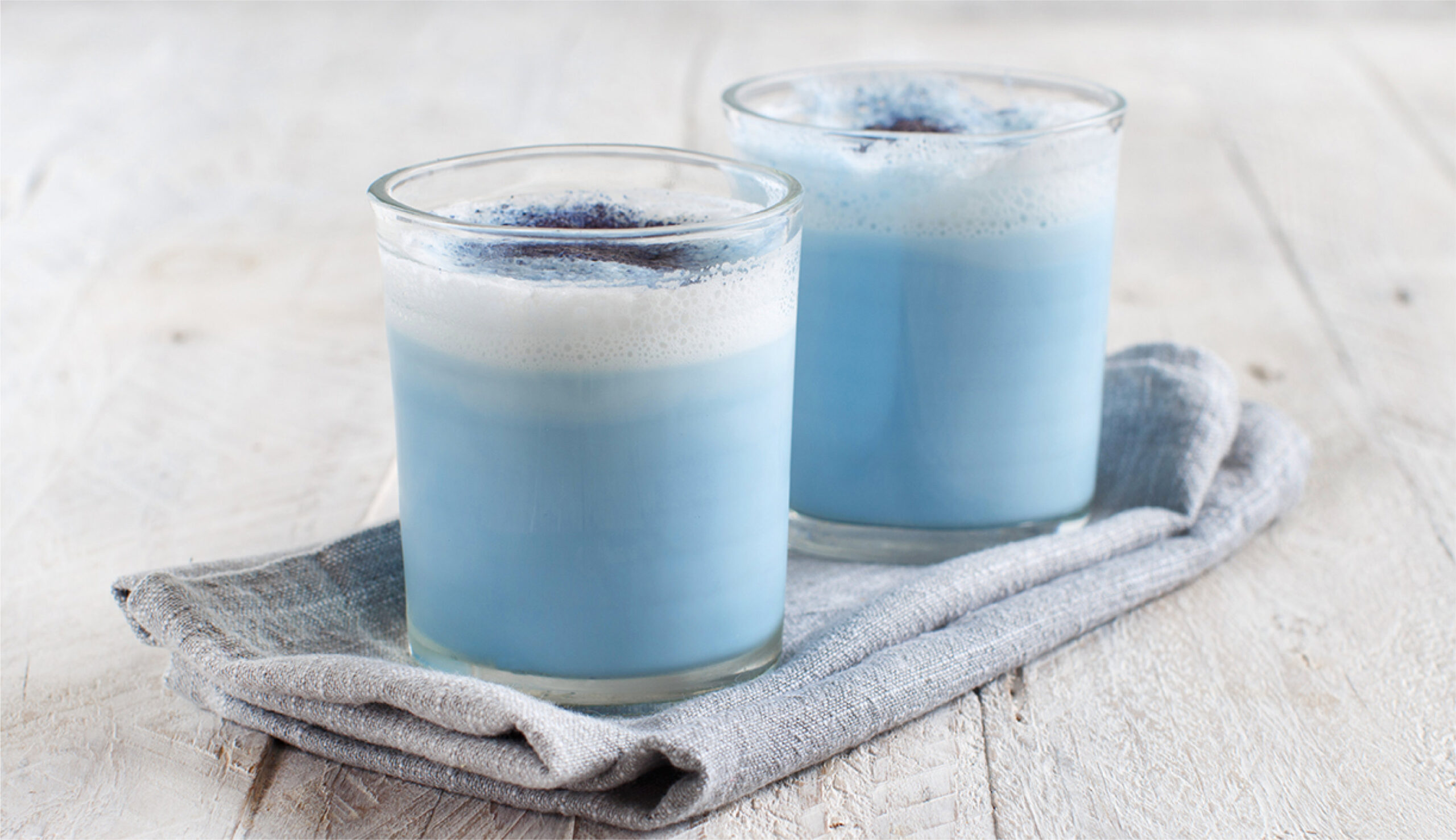
BLUE SPIRULINA
Given its greenish-blue color, blue spirulina provides a wide range of hues and can be used to create new colors when mixed with other colorants or substances.
Being an FDA-approved color additive, it is often used by the food industry. However, it may also be used in other areas, such as the pharmaceutical industry (drugs) or even in genetics, working as a marker due to its natural fluorescence.
Available in liquid and powder presentations.

HUITO
This jungle tree has been used by Amazonian natives to add color to food and drugs, and even to chase away mosquitoes. At present, special methods are used to make its fruit (genipap) react naturally in order to obtain a rich blue extract, which has excellent stability under heat and sunlight conditions.
This purely natural color additive is ideal for dyeing liquids, candy, fruit, and more.
Available in liquid and powder (water-soluble) presentations with Kosher and non-transgenic options.
GREEN
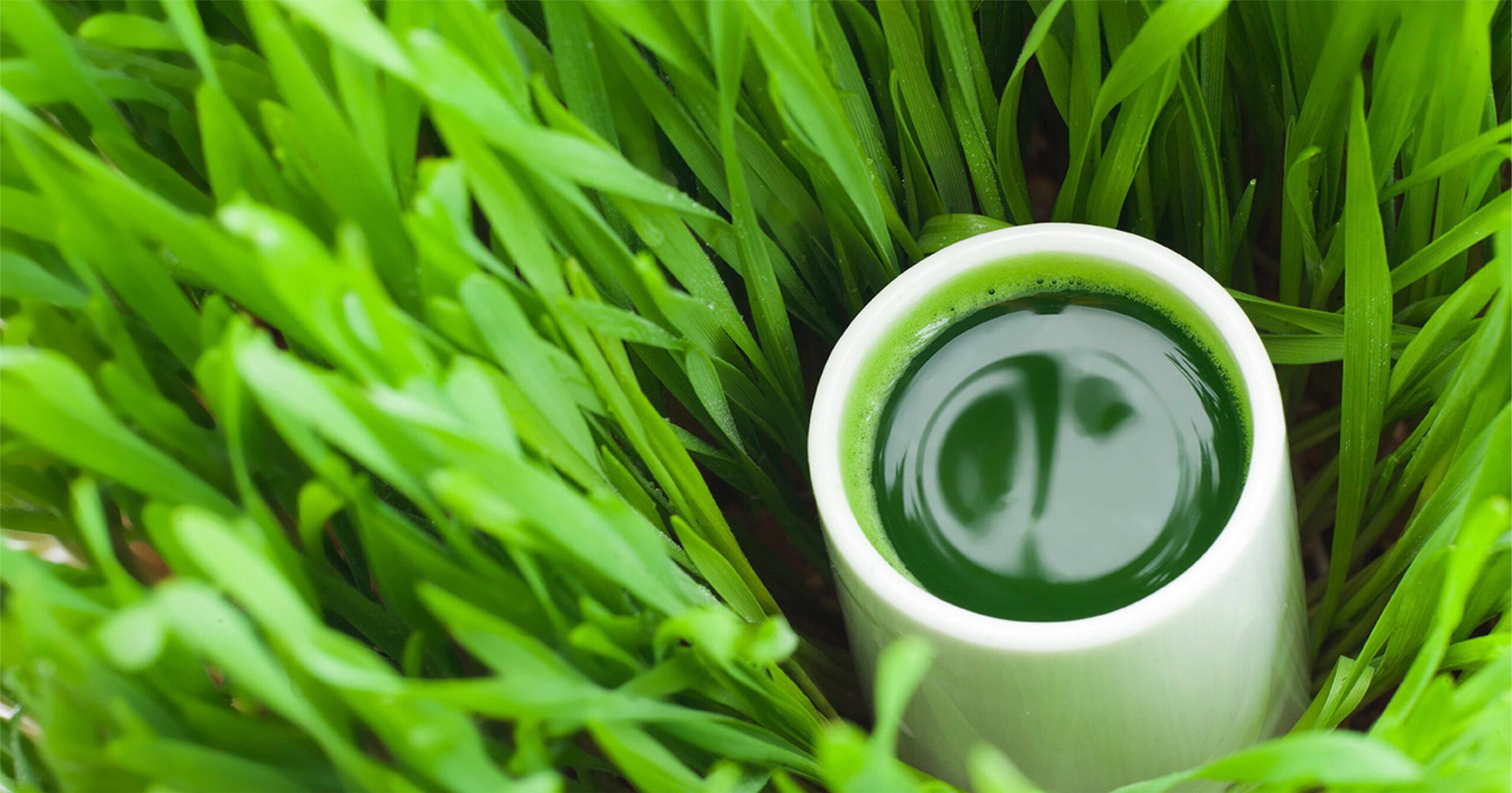
CLOROPHYLL
Extracted from plants such as alfalfa, grass and spinach, when copper is incorporated into the molecule it yields a water-soluble green hue that is very stable under different light, heat and pH conditions. We may find its applications in beverages, meat products, seasonings, candy, dairy products and bakery products.
Available in liquid and powder presentations. It comes in water-soluble and oil-soluble versions.
BROWN

MALT EXTRACT
Malt extract is made by roasting rye. It naturally renders a spectacular dark brown hue, with excellent stability under light, temperature and pH. It is commonly used for a wide variety of beverages, such as soft drinks, whisky and beer, but it is also used for food such as ice cream, candy, coffee, cereal and bakery products.
Available in liquid and powder presentations.
WHITE
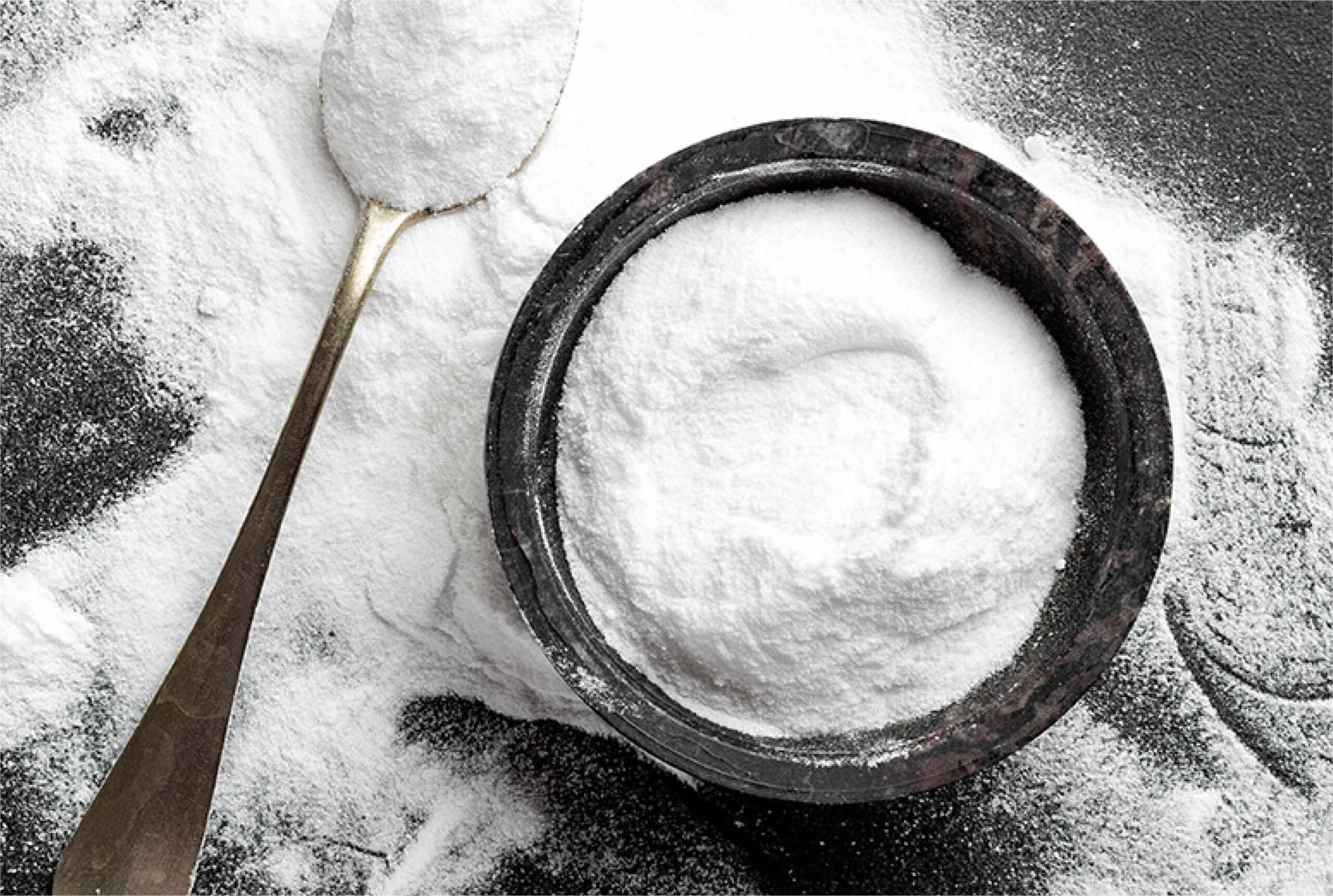
CALCIUM CARBONATE
This is a common substance found in limestone, pearls and egg shells. Thanks to Farbe Naturals specialized technologies, it solved a big problem faced by confectioneries and bakeries, since up to now they could only add color to their products by using titanium dioxide, which meant not qualifying for a Clean Label.
Being stable and capable of being dispersed or suspended in water, it is commonly used in tablets, diet supplements, chewing gum or as the first sweet layer of bread, where it helps illuminate a colored coating.
Available in liquid and powder presentations.
DOU YOU NEED SPECIAL COLORS?
CONTACT US!
PRIVACY NOTICE
